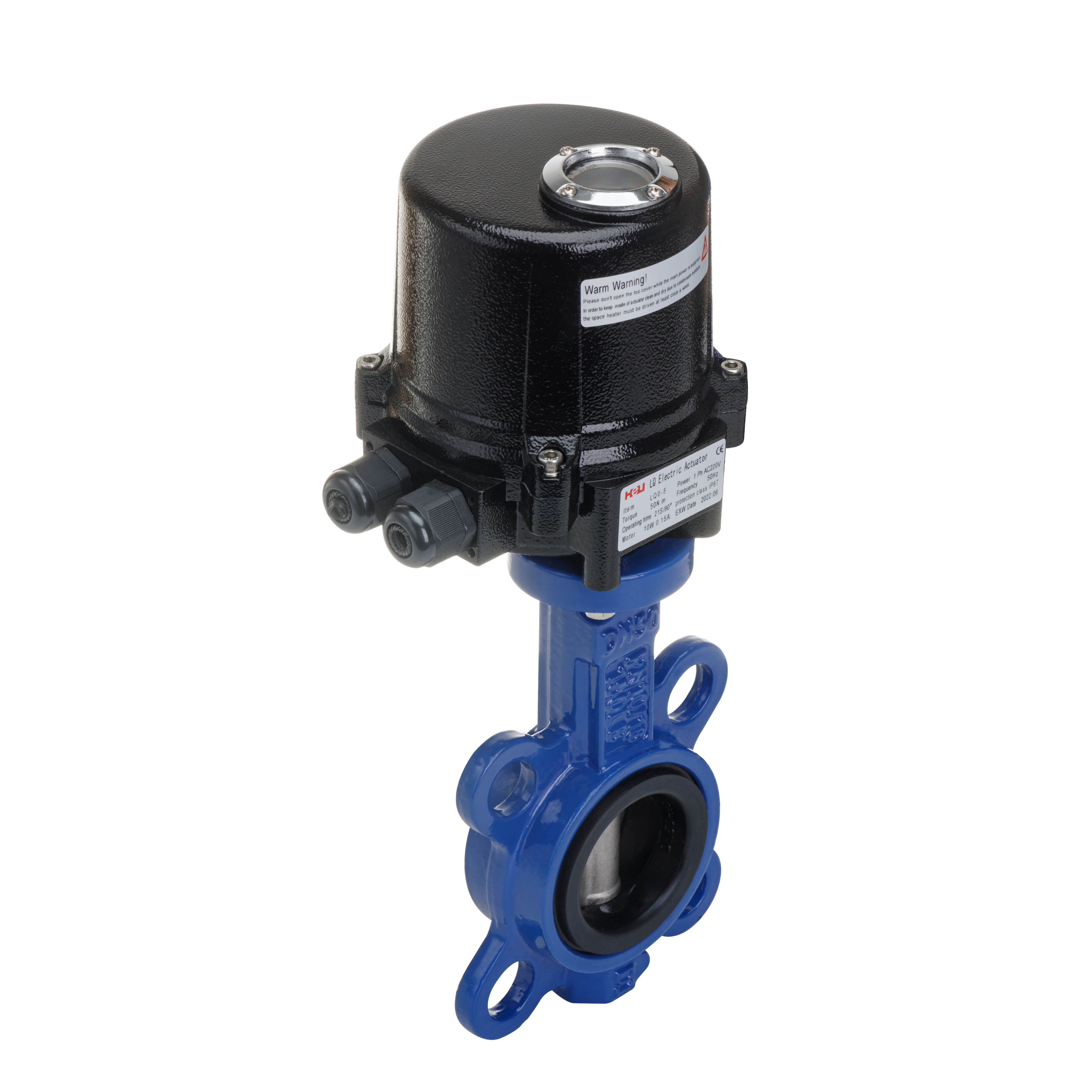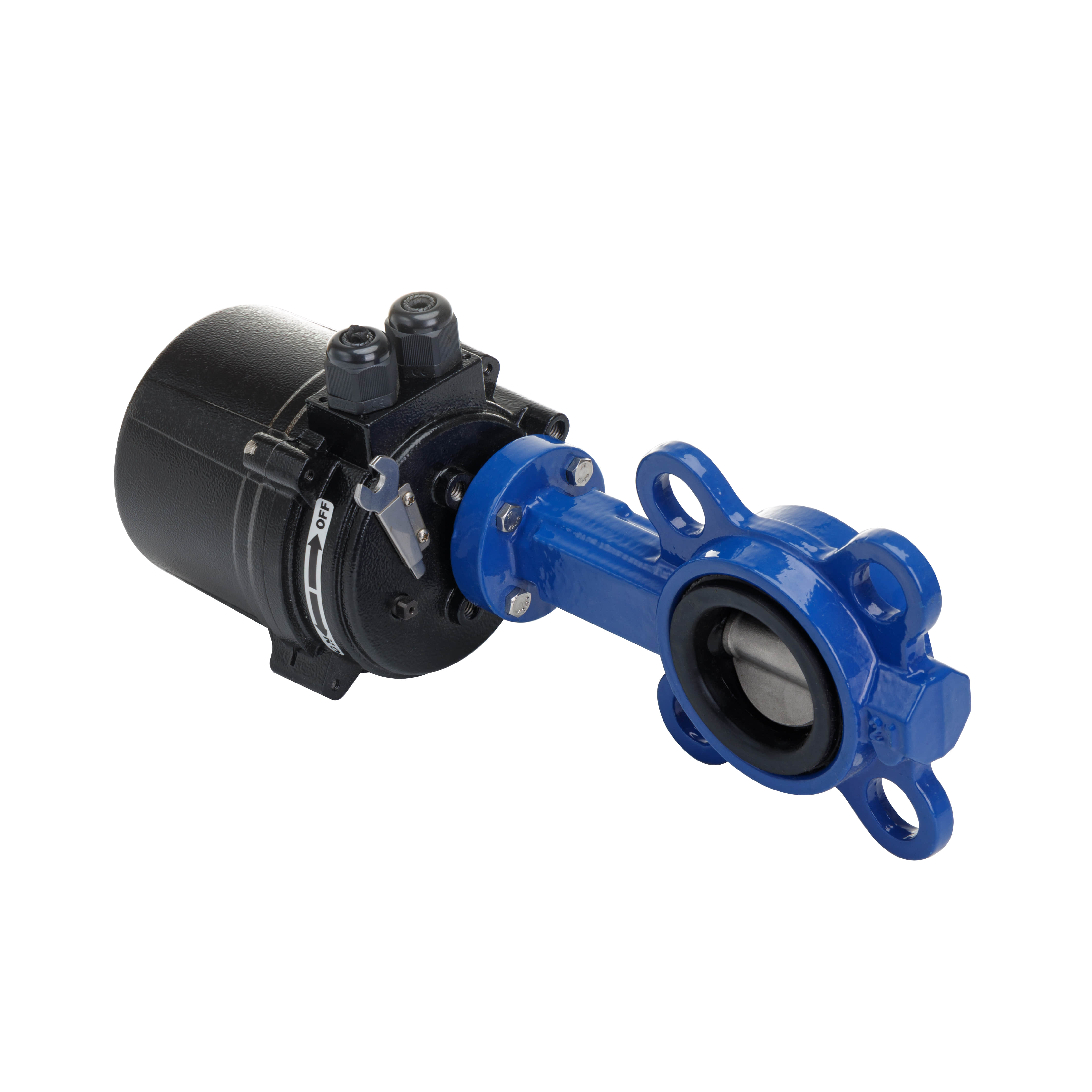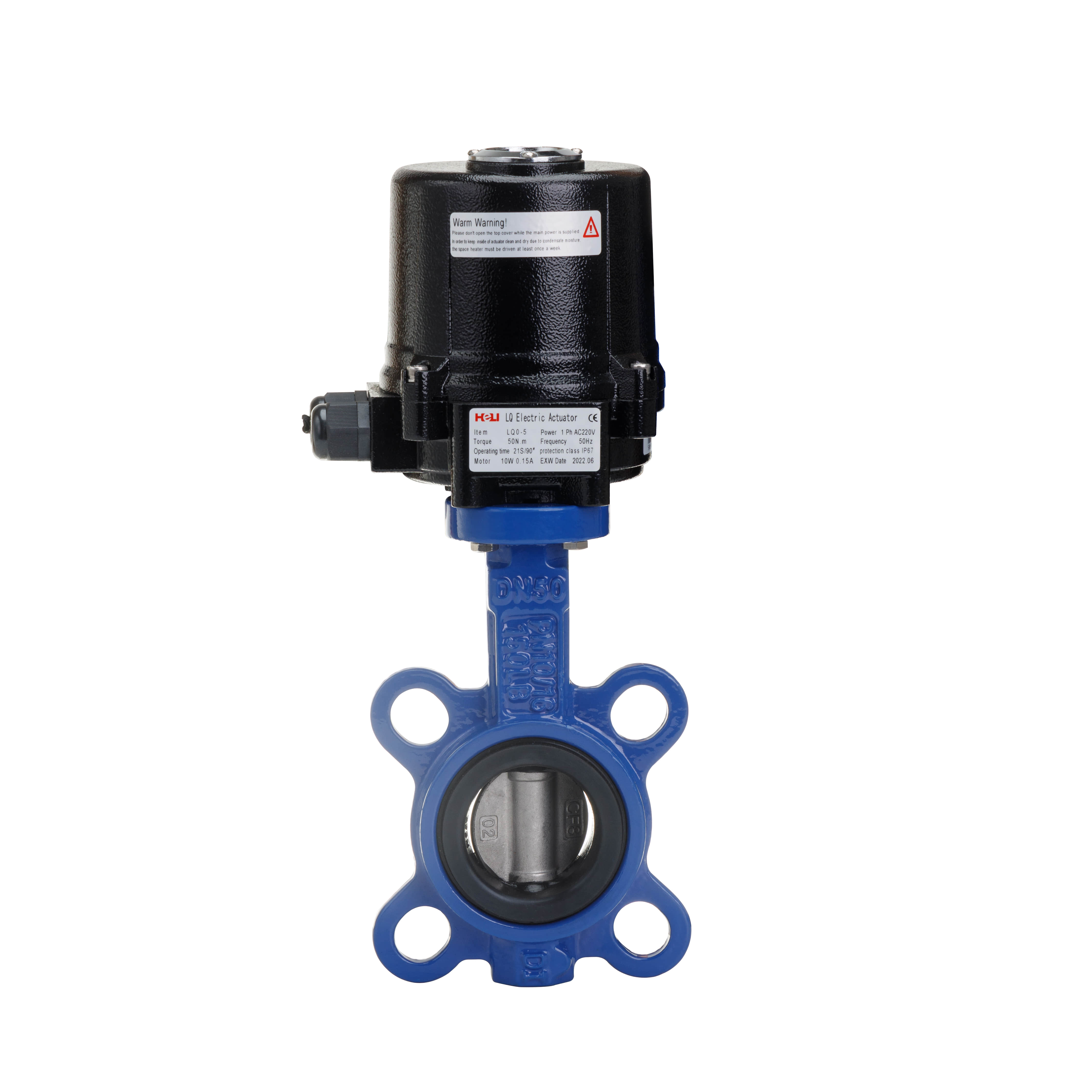

The basic design of a butterfly valve features a circular disc or plate that rotates around a central axis to control the flow of fluids. When the valve is fully open, the disc is parallel to the flow, minimizing pressure drop and turbulence. Conversely, when the valve is closed, the disc obstructs the flow, effectively sealing off the passage.
In electric butterfly valves, an electric acuator replaces the manual handle used in traditional butterfly valves. This actuator can be controlled remotely, allowing for automation and integration with broader control systems. The actuator’s operation is typically powered by electricity, enabling rapid and accurate positioning of the valve. This automation improves operational efficiency and reduces the need for manual intervention.

t Electric butterfly valves are a crucial component in various industrial applications, serving as a reliable method of controlling fluid flow. These valves combine the simple yet effective design of a butterfly valve with an electric actuator, allowing for precise and automated operation. This article delves into the functionality, applications, and advantages of electric butterfly valves, providing insight into why they are favored in many sectors.
Functionality of Electric Butterfly Valves